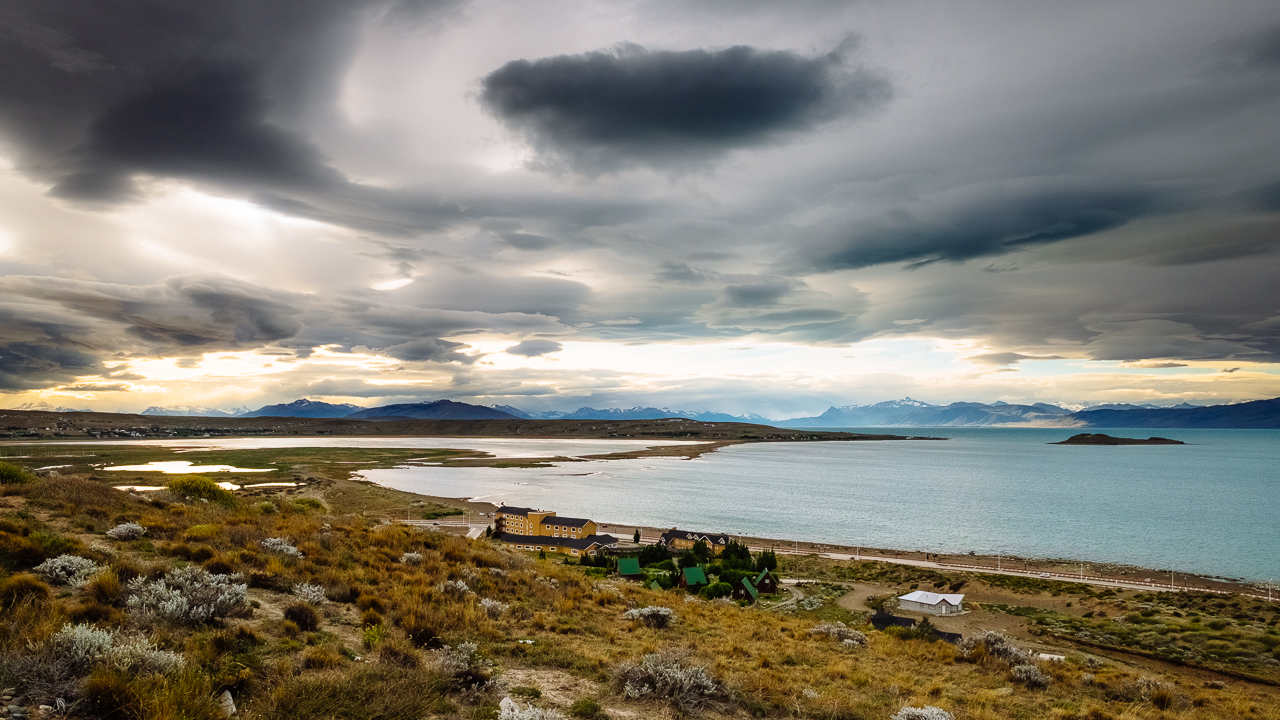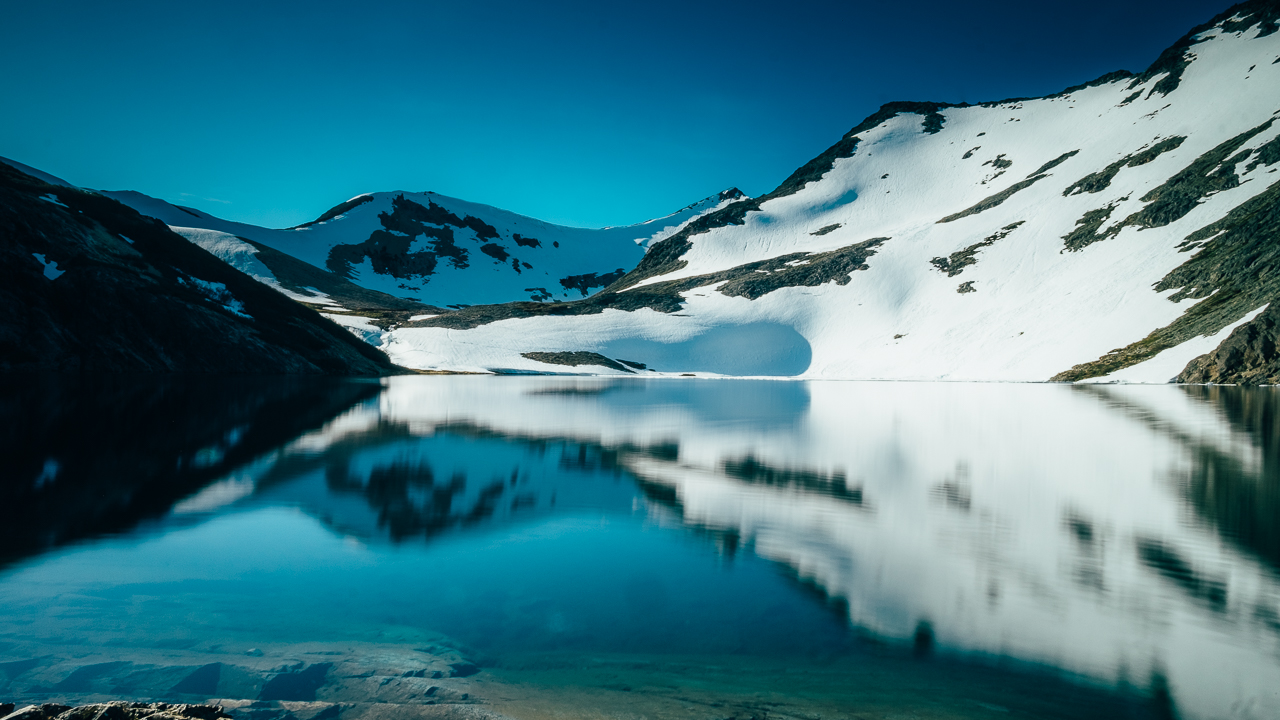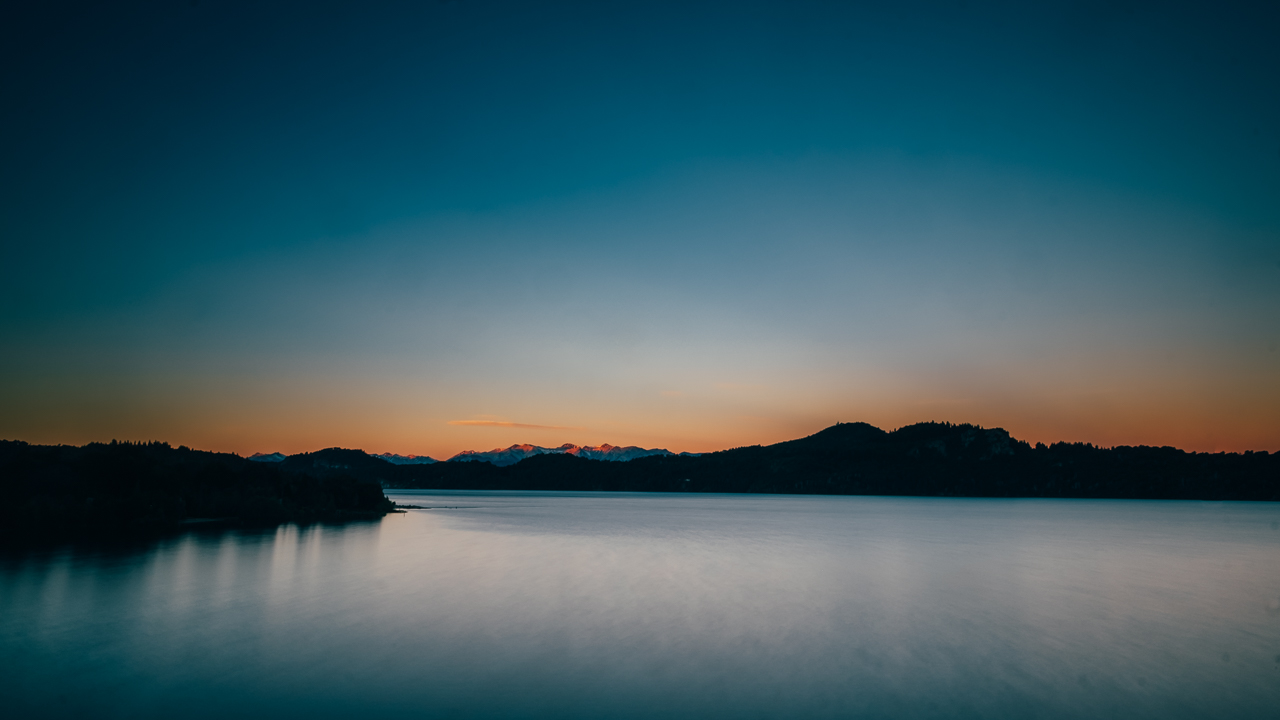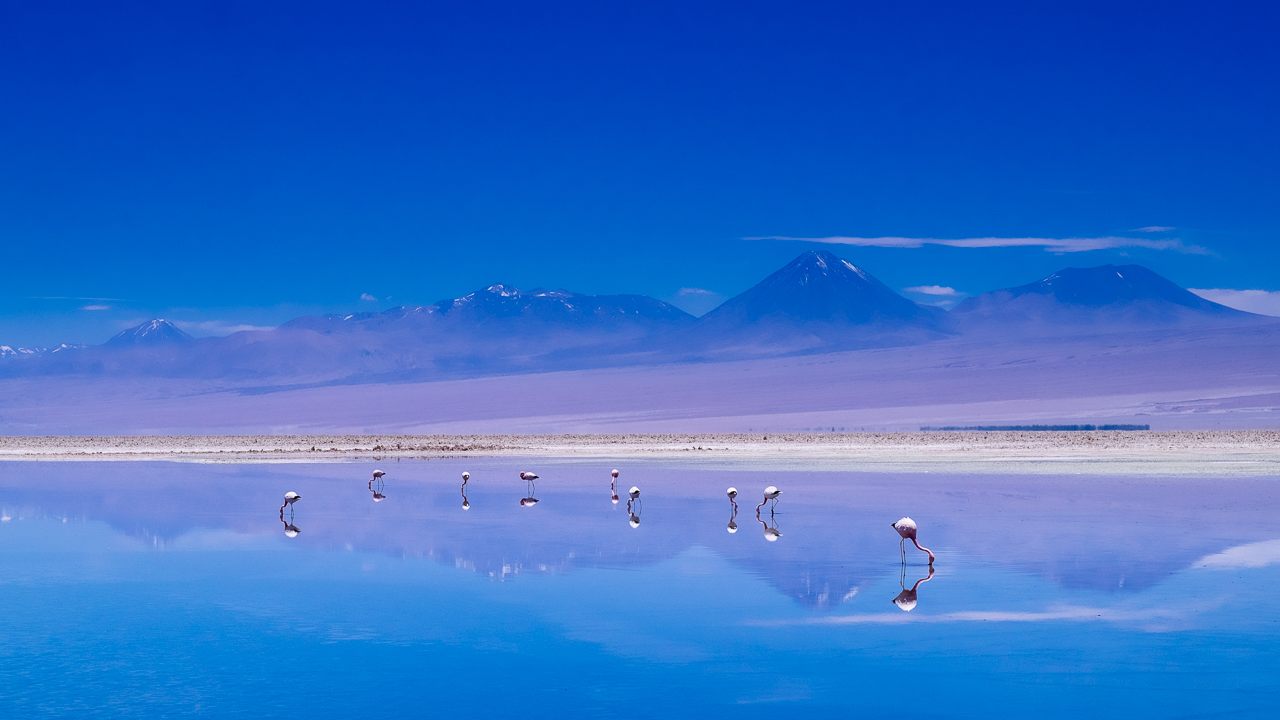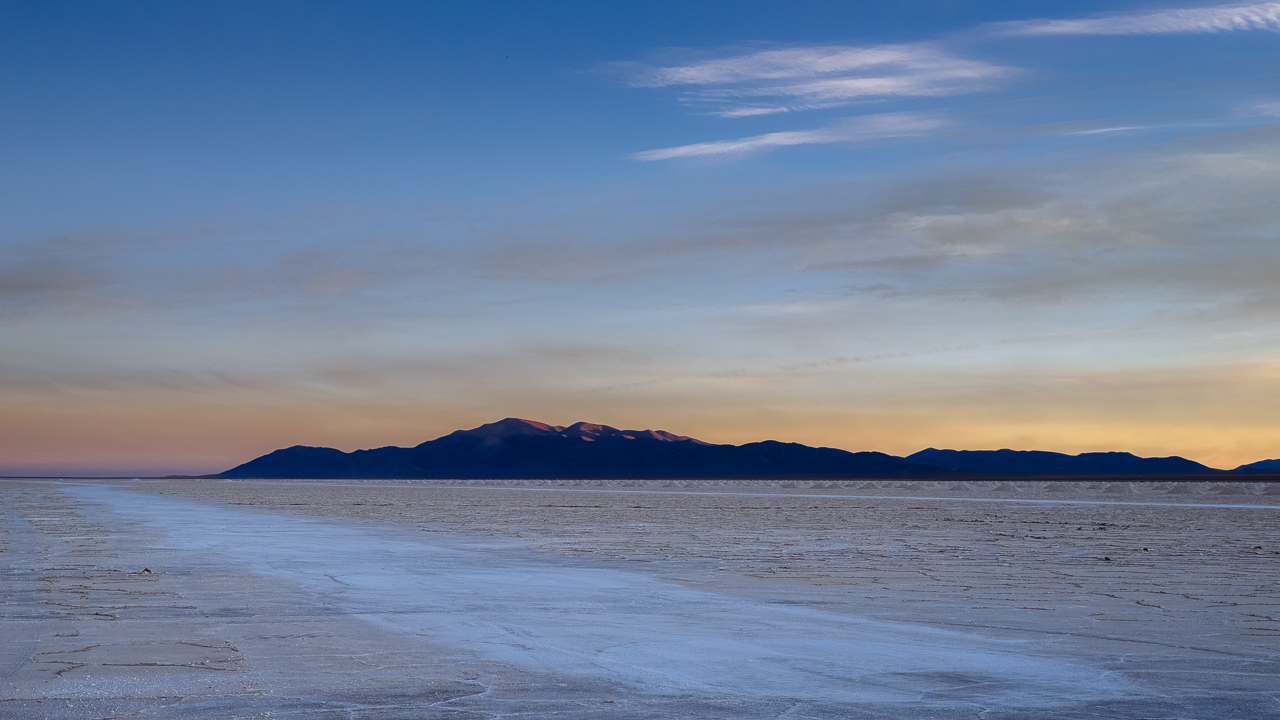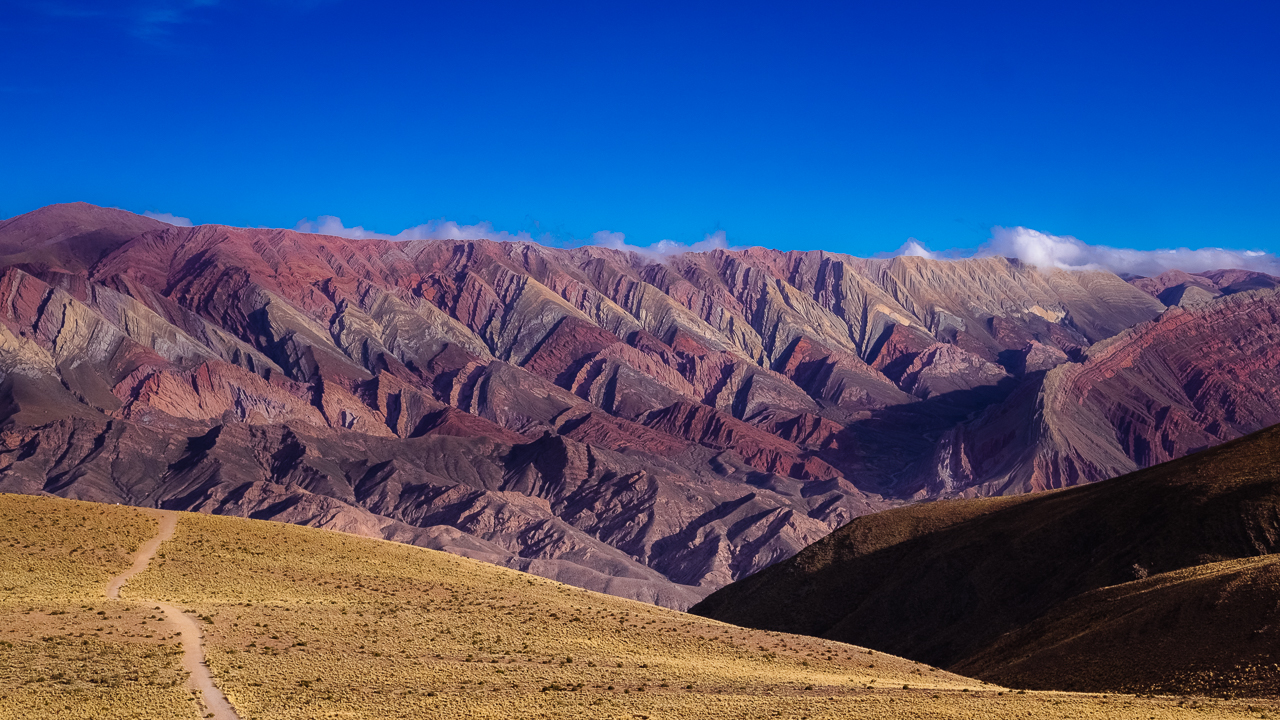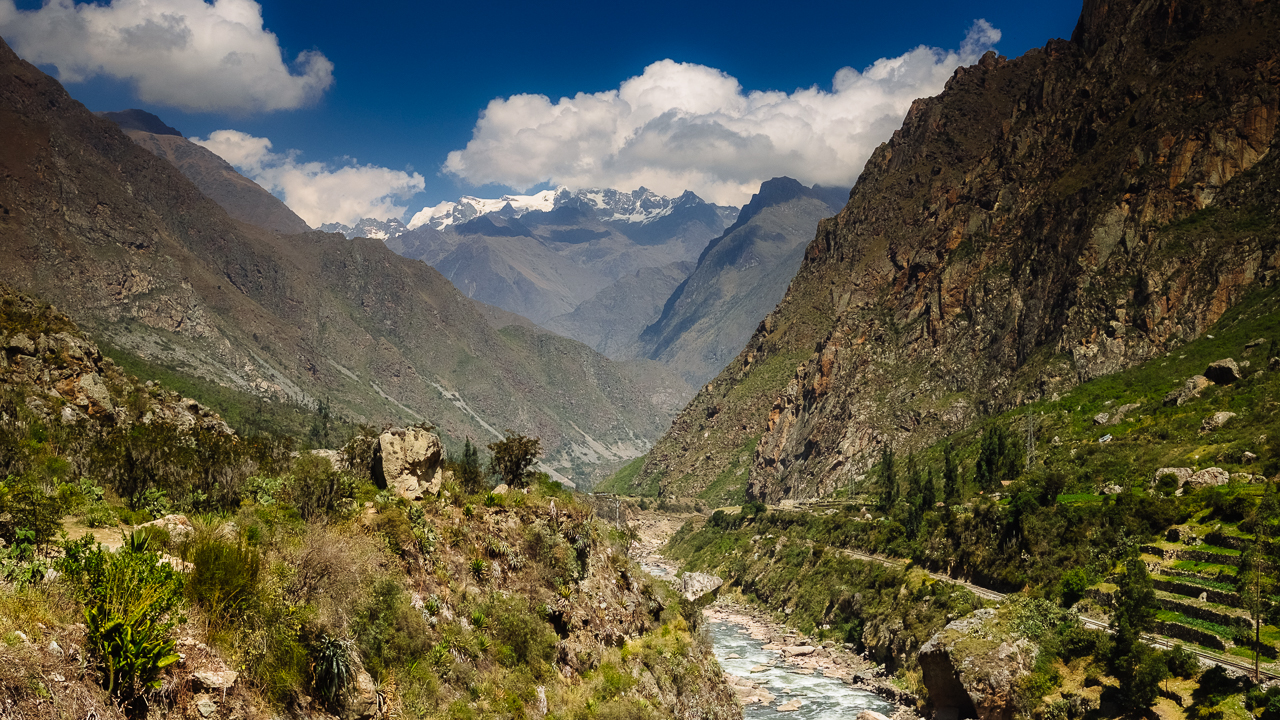Hi !
Great hikes are always about the rewarding views, quiet places you can reach and some challenges along the way. For all of the above, the trail to the Refugio Laguna Negra, at the early season (late November / early December) lived up to these expectations.
Located in the Parque Nacional de Nahuel Huapi, this is not the busiest trail and shelter around. And for that reason mostly we decided to give it a try, instead of the more common Refugio Frey trail. It starts from Colonia Suiza, a lovely former Roman Swiss settlement that is now a hippie village, busy twice a week on Wednesdays and Sundays (so plan the hike to finish on either of these two days). From there, a 14km trail will take you there, starting with a 9km mostly flat section along a little river and finishing with the climb to the Laguna Negra. The climb is challenging (it is a rapid change of pace), especially when the snow is around. But the reward is reaching a quiet little lake, with just a few other hikers. All in all, a very nice 2-days walk.
However here comes the lecturing part of this post: if you are planning on making the climb when the snow is around, here is what you need to ask the Club Andino in Bariloche prior to doing the walk, because they are not really clear about it. I think that we were actually lucky to not suffer from the snow situation, as we didn’t really know what was there waiting for us.
First, check the situation about the snow for the day you are climbing. Though avalanches aren’t a big risk if you are taking the trail from Colonia Suiza, you’ll have to walk through some snow section, with the risk that the snow is actually ice (very slippery).
Second, check what will be the weather overnight. A cold and windy night may turn the snow into ice and you’ll have to wait that it start melting before leaving the shelter, or take with you the equipment to safely descend.
Third, take a sleeping bag even if you don’t plan to stay overnight. The condition may change and it may be difficult to leave the shelter on the same day. The round trip is 28km, and it can easily take 4 to 5 hours to deal with the climb and the descend, in bad conditions. The shelter offer a safety net, you should take advantage of it.
These three points should not cool you down, the hike is really worth it and just take some basic planning.
Enjoy (or not) and stay tuned !
